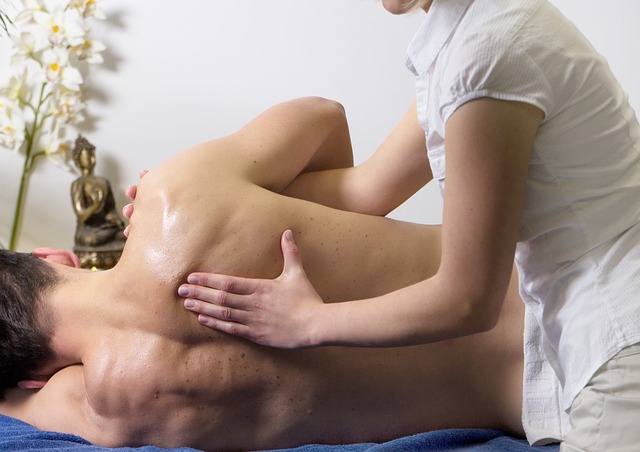Frequency of Deep Tissue Massage
Deep tissue massage is a popular form of massage therapy that is often used for pain relief and relaxation. The massage aims to reach deep layers of muscles and release tension. But how often should you actually get a deep tissue massage? In this article, we will explore this topic and provide some guidelines for the frequency of deep tissue massage.
What is Deep Tissue Massage?
Before discussing the frequency, it is important to understand what deep tissue massage is. This form of massage targets deep layers of muscles through targeted pressure and slow movements. The massage therapist focuses on problematic areas to release tension and knots. Deep tissue massage can alleviate pain, improve mobility, and promote muscle recovery.
Considering Individual Needs
The frequency of deep tissue massage can vary from person to person. There is no one-size-fits-all answer as every body is different and has individual needs. Some people may benefit from a regular deep tissue massage on a weekly basis, while others may only need it every few weeks or even less often.
It is important to listen to your body and observe the reactions after a massage. If you feel pain relief and relaxation after a massage, this is a good sign that the frequency is appropriate. However, if you experience pain or discomfort, this may indicate that you need more time between massages.
Recommendations for Frequency
Although there is no set rule, we can still provide some general recommendations for the frequency of deep tissue massage:
-
Once a week: If you suffer from chronic pain or recurring tension, a weekly deep tissue massage can bring relief. Regular treatment can help you better manage your symptoms and keep your muscles more relaxed.
-
Every two weeks: If you do not have chronic issues but occasionally experience tension or stress, a deep tissue massage every two weeks may be sufficient to relax your muscles and reduce stress.
-
Once a month: If you do not have specific concerns and simply seek regular relaxation, a monthly deep tissue massage may be enough to keep your muscles loose and reduce stress.
These recommendations serve as rough guidelines and can be adjusted based on individual needs. It is important to communicate with your massage therapist and determine the ideal frequency together.
Other Factors to Consider
When determining the frequency of deep tissue massage, other factors should also be taken into account:
-
Physical activity: If you engage in regular exercise or physical activity, your muscles may tense up more quickly. In this case, more frequent massages may be necessary to promote muscle recovery and prevent injuries.
-
Injuries or conditions: If you have injuries or certain conditions, deep tissue massage may be part of your treatment plan. Your doctor or therapist can provide recommendations for frequency to support your recovery.
-
Preventive measures: Some people choose to have regular deep tissue massages as a preventive measure to prevent tension and discomfort. In this case, an individual and continuous treatment may be beneficial.
Conclusion
The frequency of deep tissue massage depends on individual needs, concerns, and preferences. There is no universal rule, but the recommendations mentioned can serve as a starting point. It is important to listen to your body, communicate with a professional massage therapist, and together determine the optimal frequency. Regular deep tissue massage can help alleviate pain, relax muscles, and improve overall well-being.
ge Entspannung und Stressabbau suchen, kann eine Tiefengewebsmassage einmal im Monat ausreichen, um Ihre Muskeln zu lockern und Ihren Geist zu beruhigen.
- Nach Bedarf: Manchmal können bestimmte Ereignisse oder Aktivitäten zu Muskelverspannungen oder Schmerzen führen. In solchen Fällen ist es ratsam, eine Tiefengewebsmassage nach Bedarf zu erhalten, um die Beschwerden zu lindern und die Muskeln zu entspannen.
Fazit
Die Häufigkeit einer Tiefengewebsmassage hängt von Ihren individuellen Bedürfnissen und Beschwerden ab. Es gibt keine allgemeingültige Antwort, aber einige Richtlinien können Ihnen bei der Entscheidung helfen. Hören Sie auf Ihren Körper und beobachten Sie die Reaktionen nach einer Massage, um die richtige Häufigkeit für sich selbst zu finden.

